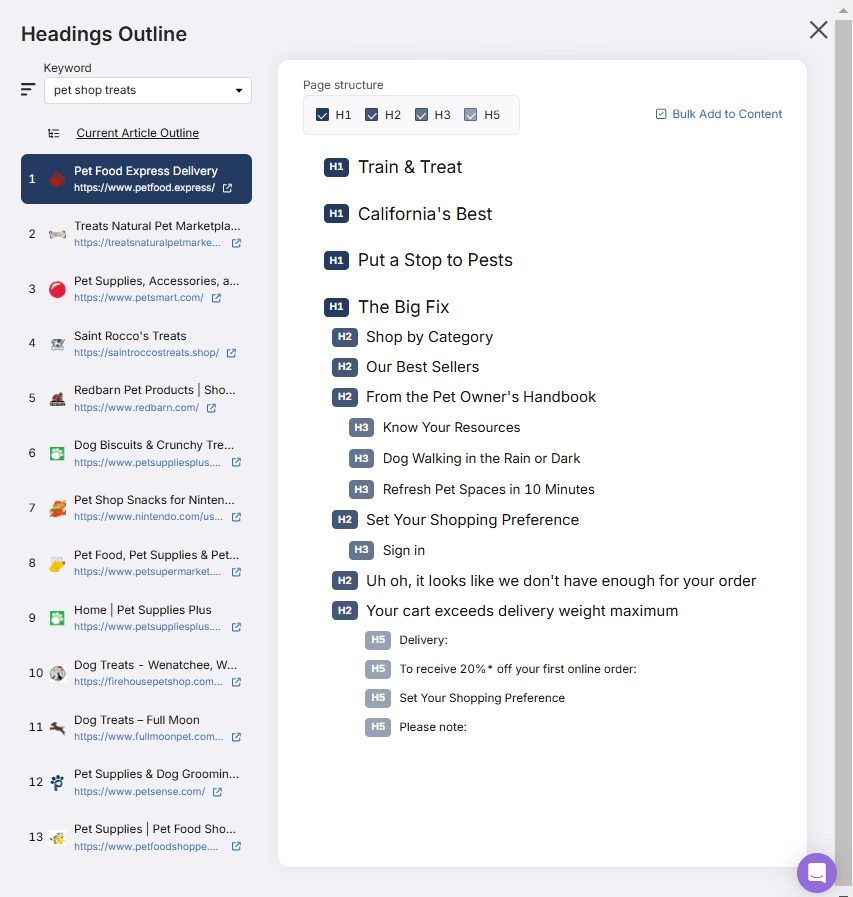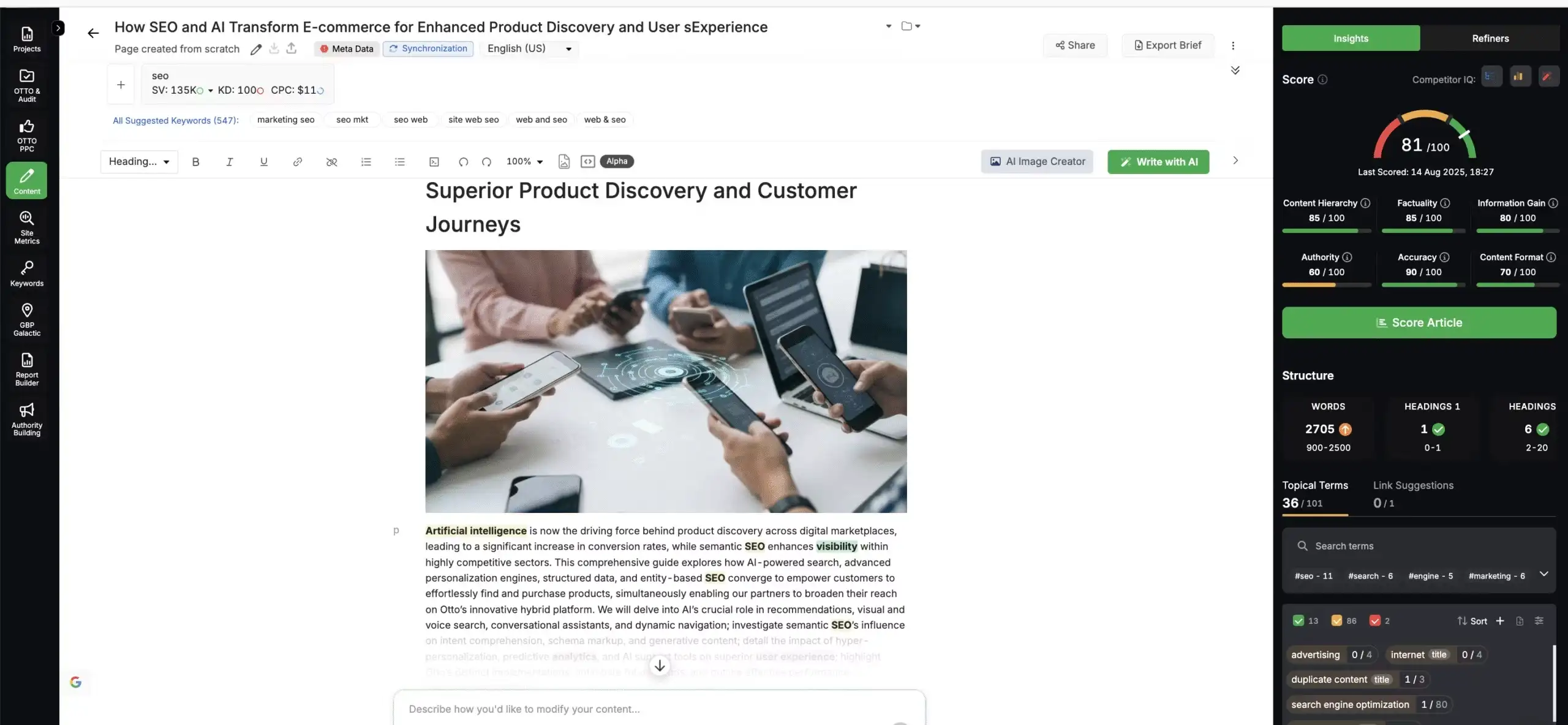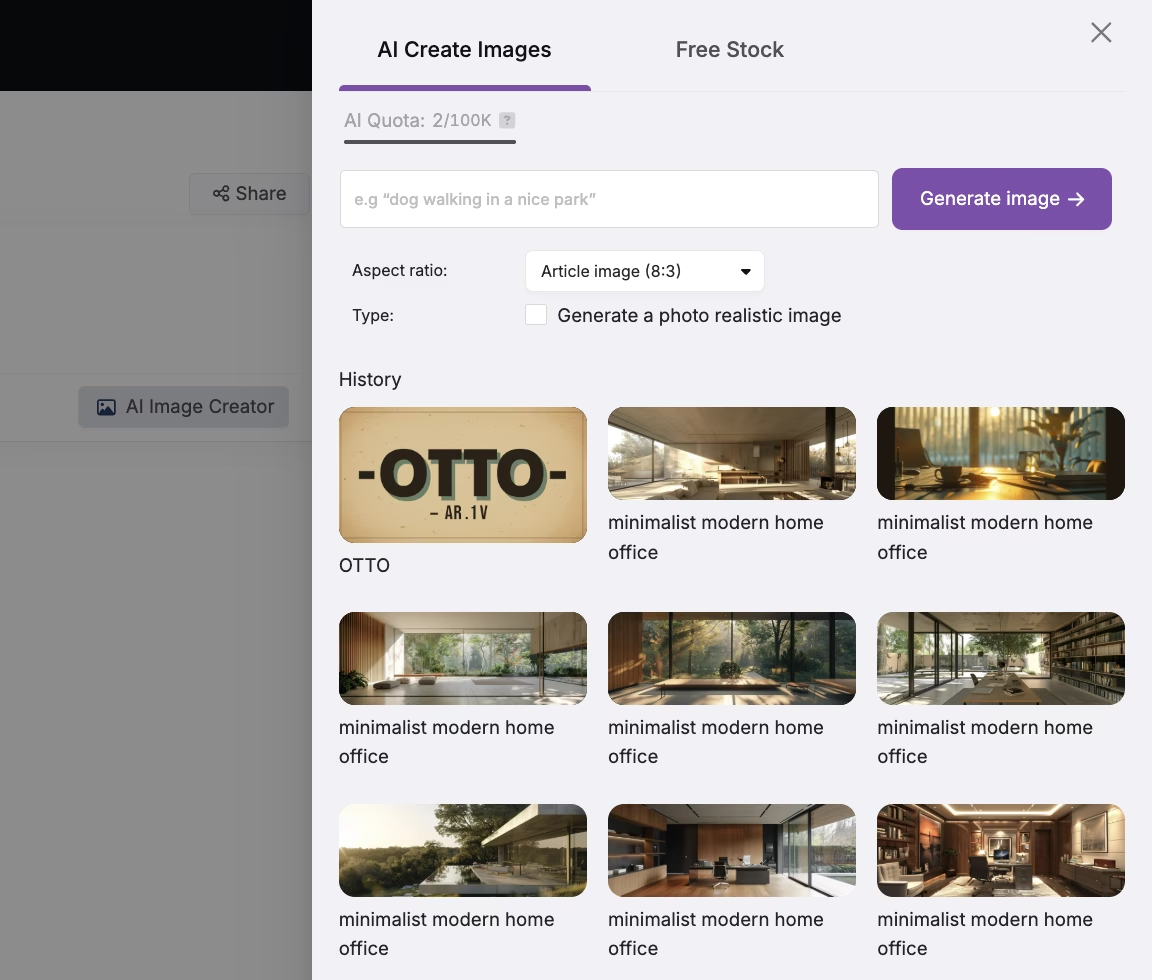Readability shapes how people experience your content and how search engines measure its value. High quality content maintains reader engagement and earns algorithmic rewards, while complex text increases bounce rates and lowers performance.
Writers, marketers, and SEO teams looking to improve clarity, structure, and depth can follow this SEO Readability Checklist to make pages easier to read, more informative, and better aligned with search intent.
Strategic SEO Readability Checklist for Effective Content
Readable content is the foundation of strong SEO performance. This SEO readability checklist provides a practical guide to improving clarity, structure, and engagement across all your pages.
To replace countless hours of manual steps to improve the readability, Search Atlas built Content Genius, an AI content writer that streamlines every readability step.
Content Genius automates readability with over 15 microagents for clarity, structure, and depth. It scores passages for entity coverage, tone, and information gain, while suggesting internal links, schema, and contextual images.
Every improvement is tracked, targeted, and aligned with both user needs and SEO standards, making it easier for teams to produce high-quality, consistent content at scale.
1. Use Simple and Familiar Language
Clear writing helps your audience follow your message. Using familiar words keeps reading smooth and effortless, which encourages people to stay, take action, and return for more.
Here’s how to keep your language simple and effective:
- Use short, common words instead of long or complex ones.
- Remove jargon, acronyms, and technical terms your audience may not know.
- When specialized terms are necessary, explain them in plain language.
- Keep sentences concise and focused on one main idea.
Familiar language strengthens both your audience connection and your SEO. It broadens your reach and makes your content accessible to non-experts, second-language readers, and quick skimmers.
2. Create Titles That Are Clear, Distinct, and Precise
Titles are the first element your audience sees in search results, and they heavily influence your click-through rate (CTR). A strong title not only catches the eye but also motivates the right people to click and signals exactly what they’ll find in your content.
To draw in your ideal readers, focus on:
- Include keywords naturally: Do keyword research and use the terms that reflect search intent, while keeping the wording clear and engaging.
- Keep it concise: Stick to 50 to 60 characters to ensure titles display fully in search results without being truncated.
- Be descriptive and relevant: Clearly convey the main topic or benefit of your page so readers know what to expect.
- Make it unique: Use a catchy, intriguing, or emotionally resonant phrasing to stand out from competitors.
- Avoid clickbait: Promise what the content delivers to maintain credibility and reduce bounce rates
3. Write Headings That Guide Readers Into the Topic
Proper headings improve readability by acting as clear signposts, guiding readers through your content. Organized in a logical hierarchy, they need to be descriptive, concise, and accurately reflect the content that follows to make pages easier to read and understand.

Use a single H1 tag for the main title, followed by H2 for major sections and H3 for subsections. Focus on descriptive headings that include relevant keywords and avoid skipping levels.
[onpage audit tool page headers]
The Search Atlas On-Page SEO Audit Tool can check your headings and suggest improvements through the Page Headers tab. It highlights hierarchy problems, opportunities to include keywords, and other structural fixes to keep your headings SEO-friendly.
4. Write in the Active Voice
Active voice makes sentences clear and direct, showing exactly who is doing what. It keeps readers engaged and makes your message easier to follow.
- Active: The editor reviewed the article.
- Passive: The article was reviewed by the editor.
Overusing passive voice makes the writing sound vague or distant. Use passive voice only when you want to emphasize the action itself or the receiver.
To write in the active voice, follow the steps:
- Place the subject before the verb.
- Use strong, specific verbs to describe the action.
- Review your text and rewrite passive sentences where possible.
5. Answer Key Questions in the First Sentence
The opening sentence immediately informs readers what the content is about. Effective first line sparks curiosity, introduces a problem, or highlights the main point, encouraging readers to keep reading.

Start each section by clearly stating the main question or point, then provide supporting details, examples, or explanations. Answering key questions right away helps users find information quickly and makes it easier for search engines to assess the relevance of content.
This approach improves readability, ensures a logical flow, and increases the chance of your content appearing in featured snippets or voice search results.
6. Avoid Overcomplicated Sentence Structures
Sentences that are too long or complex make content harder to read and understand. It confuses readers, slows comprehension, and reduces engagement.
To simplify sentence structure, take these actions:
- Keep most sentences under 20 words to improve readability
- Break long or complex ideas into two or three shorter sentences
- Remove unnecessary words, phrases, and qualifiers that do not add meaning
- Use bullet points or lists for information that can be grouped clearly
- Combine short and slightly longer sentences to maintain natural rhythm.
7. Define Acronyms and Abbreviations on First Use
Never assume your audience knows the meaning of acronyms or abbreviations. The first time you use a term, write out the full version followed by the shortened form in parentheses. For example:
- Search Engine Optimization on first mention, and then use "SEO” throughout the rest of the text.
Defining acronyms and abbreviations on first use keeps your content readable, professional, and easy to follow. This makes subsequent references clear and prevents readers from losing track or becoming confused.
8. Provide Relevant Examples for the Reader
Relevant examples make your writing clearer, more engaging, and easier to follow. Concrete illustrations help readers understand abstract ideas and see how they apply in real situations.
Tips for providing effective examples:
- Align with user intent: Make examples relevant to your audience.
- Support credibility: Include unique insights, research, or trustworthy sources to strengthen authority and reliability.
- Illustrate abstract ideas: Show how a concept works in context. Instead of saying “time management is important”, explain that “blocking out two hours each morning for focused work doubles productivity".
Unique, practical examples boost topical authority, earn natural backlinks, and signal credibility to both readers and search engines. Google rewards content that delivers clear, useful, and trustworthy information.
9. Use Images That Directly Support the Text
Images make content easier to read and understand by breaking up long text blocks and visually clarifying complex ideas. They help readers process information quickly, remember key points, and follow the content flow without feeling overwhelmed.
Ways to use images effectively:
- illustrate key points: Use charts, diagrams, or screenshots to make complex ideas easier to grasp.
- Provide real-world examples: Include photos or visuals that show practical applications, such as a case study screenshot or product demo.
- Demonstrate processes or procedures: Step-by-step visuals guide readers through instructions, like a how-to graphic for setting up Google Analytics.
- Highlight important data: Graphs and charts can emphasize trends, comparisons, or results to strengthen your arguments.
- Prioritize contextual relevance: Ensure each image directly supports the text and adds value, rather than serving as decoration.

Well-chosen visuals create a cohesive narrative, improve comprehension, and boost engagement. Search Atlas Content Genius can instantly generate branded, topic-matched images, helping you deliver clarity and depth without relying solely on stock photos.
10. Use Scholar to Check Readability
SCHOLAR is designed to show how Google may interpret and evaluate your content. It applies principles from information retrieval and Page Quality assessments to deliver a data-backed score, removing guesswork from content optimization.
Rather than relying solely on subjective judgment, SCHOLAR evaluates your work across multiple dimensions and delivers actionable feedback.
[image20 – Scholar grades for SEO analysis]
- Content Clarity: Checks how easily ideas can be understood, ensuring the message is direct and unambiguous.
- Factuality: Verifies accuracy and topic alignment, reflecting strong subject knowledge.
- Human Effort: Assesses originality and the degree of authentic, thoughtful input.
- Information Gain: Rewards unique insights or perspectives not commonly found elsewhere.
- Content Freshness: Measures how up-to-date the information is with current trends and data.
- User Intent Alignment: Evaluates how well the content matches what searchers are looking for.
- Entities: Analyzes inclusion and accuracy of key terms and concepts that strengthen topical relevance.
- Contextual Flow: Ensures ideas progress logically and naturally from one to the next.
- Numerical Score: Reviews the accuracy and clarity of numerical data used to support points.
- Query Relevance: Checks alignment between the keyword, URL, title, and headings for consistency with search intent.
- Readability: Rates the complexity of language to match audience comprehension.
To run an evaluation, go to Content > SCHOLAR, upload your draft, URL, or document, set your target keyword and page type, and SCHOLAR generates a full diagnostic report.
Following the SCHOLAR recommendations helps you refine your writing for clarity, strengthen topical authority, and increase your chances of ranking higher in search results.
Boost Your Content Readability in One Click
Improving SEO readability doesn’t have to slow your publishing schedule. Using this checklist alongside Search Atlas tools, you can audit sentence clarity, define acronyms, add examples, select visuals, and ensure every draft aligns with user intent.
Follow this SEO readability checklist as your framework, then let Content Genius streamline the technical work so you can focus on strategy, creativity, and producing results that rank.


